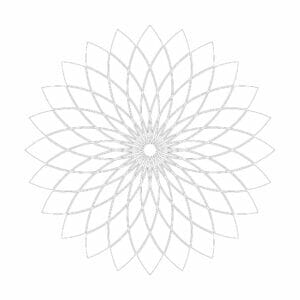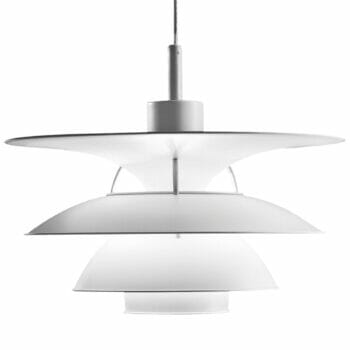
Colour psychology | white
‘White magic’
‘White magic’, ‘black on white contrast’ or ‘having a white vest’ are terms from the usage that associate the colour white with purity, innocence, truth and truthfulness. White is actually the absence of colour and yet it bundles the entire colour spectrum. The “bright nothing” has long since advanced from the former “non-colour” to a trend colour.
Priests wore and still wear white as a symbol of purity, and white has the same symbolic power at baptisms and weddings. Workwear is sometimes white. On the one hand, white clothing is best cleaned again, on the other hand, it looks particularly clean and pure, and in our culture stands for perfection and reliability.
Just as white has become the trend colour for new cars in recent years, white furnishings have also found their way into rooms. As a contrast to the muted colours, white is one of the important style elements in Scandinavian design and an important component of the hygge interior trend: white stained or glazed wood, white or natural white furs, white table lamps and pendant lamps, white furniture.
White reflects the light most strongly and is therefore particularly suitable for small rooms and those with little daylight. In particularly hot countries – such as Greece – houses have been painted white for centuries. On the one hand, white houses do not heat up as much in summer thanks to the reflection, on the other hand, walls whitewashed with lime are highly diffusing and also keep vermin away. On the contrary, black swallows light radiation, which means that it absorbs more energy, which ultimately leads to an increase in temperature.
White has long since become socially acceptable in the field of interior design and is considered noble, elegant, clean and cool. White walls create space and give rooms a touch of infinity. Everything goes well with white and everything can be combined with white.
At the same time, white increases the contrast and, for example, first really sets off colours and materials. We find this in the Panthella lamp series consisting of table and floor lamps or the Flowerpot lamp family. In combination with white marble, white highlights the colour-coated lampshade, for example at the SNOOPY table lamp by Flos.
So white reflects the light and does not give off any energy. Combined with black and used skilfully on top of that, white can highlight interesting accents. Designers like Victor Vasarely took advantage of this effect. He used colour blocking in a large number of patterns, in which he also contrasted round shapes with angular shapes.
Like Vasarely, Alexander Girard also used this strong accentuation in the design of his patterns and fabrics – partly graphic, partly ethnic. Let yourself be inspired by our following design objects in white.






















































































